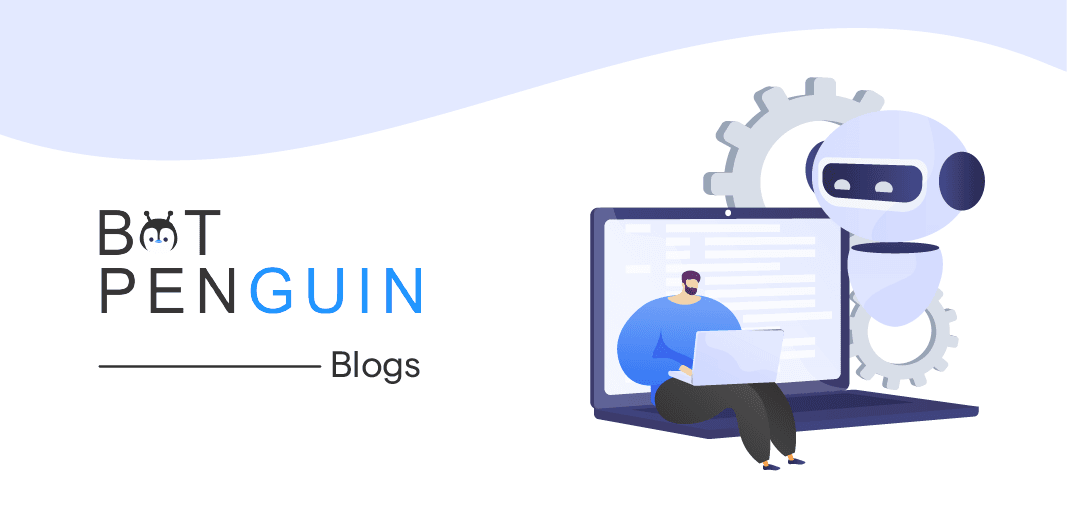Managing your Facebook presence in 2025 is time-consuming and overwhelming. Between publishing posts, replying to comments, answering Messenger DMs, and tracking ad performance, what used to be a single platform now feels like a full-time job.
And if you're juggling multiple pages, clients, or product lines? Multiply that chaos.
That’s why Facebook automation has gone from “nice-to-have” to absolutely essential. Whether you're a solopreneur trying to scale without burning out, or a marketer managing dozens of campaigns, automation helps you do more — faster, smarter, and safer.
In this guide, you'll learn:
- What Facebook automation actually is (and what it’s not)
- What parts of Facebook you can automate — from posts to messages
- The best tools for Messenger bots, scheduling, and ad automation
- How to stay compliant with Facebook’s rules (and avoid account bans)
- How to start automating today, even if you're not tech-savvy
We’ll also show you how platforms make it easy to automate Messenger replies, lead capture, and customer service — without writing a single line of code.
Let’s take the manual work off your plate — and let Facebook start working for you.
What is Facebook Automation?
Facebook automation is the process of using software to manage and execute repetitive actions across your Facebook business assets without manual involvement.
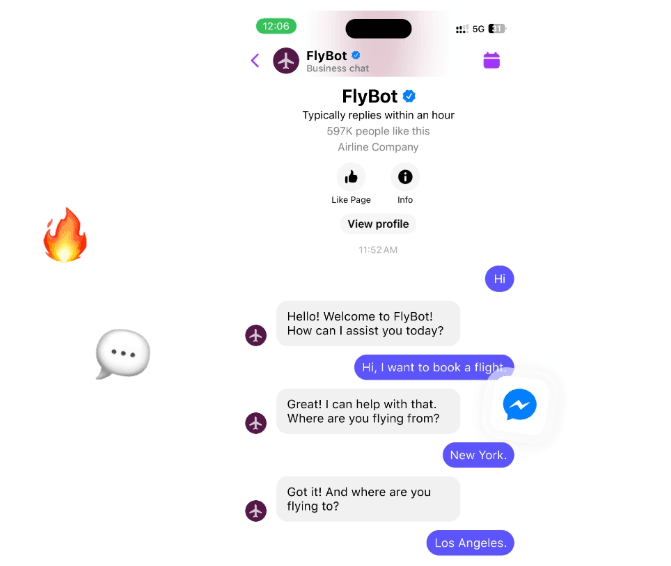
These actions typically include scheduling and publishing posts, sending automated replies through Messenger, managing comments, optimizing ad performance using rules, and syncing lead data to CRM or email systems.
Automation removes the need for constant manual monitoring while maintaining engagement standards and brand consistency.
It enables businesses to scale communication, reduce response times, and deliver timely interactions to prospects and customers — all without expanding headcount.
When done correctly using Facebook-approved tools, it works within the platform’s guidelines and contributes to operational efficiency without compromising compliance.
Common Myths about Facebook automation
Misunderstanding how Facebook automation works often prevents businesses from adopting it. Several long-standing myths create unnecessary hesitation:
- “Automation is against Facebook’s terms”: Facebook allows automation through tools that operate within its public API. Violations occur only when using unauthorized bots or scraping tools.
- “Bots are spammy or feel impersonal”: Poorly designed automations cause spam, not the technology itself. Well-structured workflows respond only when relevant and often outperform manual response times.
- “Only large teams need automation”: On the contrary, small teams benefit most. Automation compensates for limited bandwidth, making it possible to maintain consistent customer service and publishing schedules without additional hires.
- “Automation replaces the human touch”: Automation complements human effort. It handles predictable tasks so teams can focus on strategy, creativity, and complex decision-making.
These misconceptions often stem from misuse or outdated assumptions. The current generation of automation tools is built with transparency, safety, and control in mind.
Why Facebook Automation is Growing Rapidly
Several changes in how businesses use Facebook are making automation less of a choice and more of a necessity. The points below highlight what’s driving this shift right now.
- Message volume has increased: Businesses now handle significantly more comments, DMs, and lead interactions through Facebook and Messenger than in previous years. Manual management is inefficient at this scale.
- Response time expectations have shortened: Customers expect immediate replies. Automation ensures consistent, near-instant responses, especially during non-working hours.
- Facebook is now a full customer lifecycle platform: Businesses use Facebook not just for marketing but for customer service, lead capture, and sales follow-up. Each function adds communication overhead.
- Hiring support staff is expensive: Automation enables small teams to maintain engagement without growing their workforce.
- Tools are easier to use: Platforms now offer drag-and-drop workflows, no-code builders, and direct CRM integrations, making automation accessible to non-technical users.
- APIs and compliance frameworks are mature: Approved tools operate within Facebook’s API policies, removing the legal and operational risks once associated with automation.
- Competitor adoption is rising: More businesses are automating. Those who don’t risk falling behind in responsiveness, consistency, and customer experience.
Manual vs. Automated Workflows on Facebook
To understand the impact of automation, it helps to compare it directly with the manual processes many teams still rely on. The table below outlines how each approach handles common Facebook tasks.
| Process | Manual Workflow | Automated Workflow |
Content publishing | Log in daily, write, and publish each post manually | Schedule posts in advance through automation tools |
Messenger communication | Manually check inbox and reply to each message | Use predefined triggers to send instant replies |
Lead follow-up | Export lead forms and transfer data to CRM manually | Auto-sync leads to CRM or spreadsheet in real-time |
Comment management | Monitor comment threads and reply individually | Detect keywords and trigger comment replies automatically |
Ad budget management | Adjust ad spend based on daily performance reviews | Apply rules to increase, pause, or reduce spend |
Manual workflows introduce delay and inconsistency, especially during off-hours. Automation ensures availability, continuity, and process accuracy — without scaling headcount.
What Can You Automate on Facebook?
Automation on Facebook can cover everything from content publishing to lead management.
Below is a breakdown of key tasks you can automate to improve efficiency and maintain consistent engagement.
Auto-Posting to Pages and Groups
Content scheduling allows you to plan and publish posts automatically without logging in every day. This ensures consistency, reduces human error, and allows your team to align publishing with peak engagement hours — even across time zones.
Using automation tools, you can:
- Queue posts days or weeks in advance
- Maintain a regular content calendar
- Avoid missing important publishing windows
For high-volume pages or multiple clients, this function replaces the need for daily manual posting.
Messenger Automation & Chatbots
Messenger automation allows instant replies to inbound messages and structured conversation flows for support, qualification, or lead capture. It reduces response time, improves user experience, and helps filter inquiries based on user intent.
Key use cases include:
- Welcome messages and quick replies
- FAQ flows that resolve common questions
- Lead collection using structured forms inside Messenger
- Appointment booking or order status updates
Modern chatbot tools allow non-technical users to build logic-based workflows with menus, buttons, and fallback handling — all within Facebook’s official guidelines.
Comment Auto-Replies and DM Triggers
Comment automation lets you respond to user comments on specific posts with pre-defined public replies or private messages. This is particularly effective for lead generation and engagement campaigns.
Example workflows:
- Triggering a thank-you DM to users who comment with a specific keyword
- Posting a reply under a comment to answer a public question
- Sending gated content via Messenger after a comment
This automation is often used in campaigns where commenting unlocks something valuable — a coupon, link, or guide — and helps move users from public interaction to private conversation.
Ad Budget and Performance Rules
Facebook allows rules-based automation for ad campaigns through its Ads Manager or third-party tools. This reduces the need to manually monitor campaigns and adjust settings multiple times per day.
Common automations include:
- Pausing ads with a high cost-per-click
- Increasing budget for ads that exceed ROAS benchmarks
- Sending alerts when metrics hit certain thresholds
Automation ensures your campaigns stay efficient and aligned with budget limits even when no one is actively managing them.
Lead Capture and Syncing with CRMs or Google Sheets
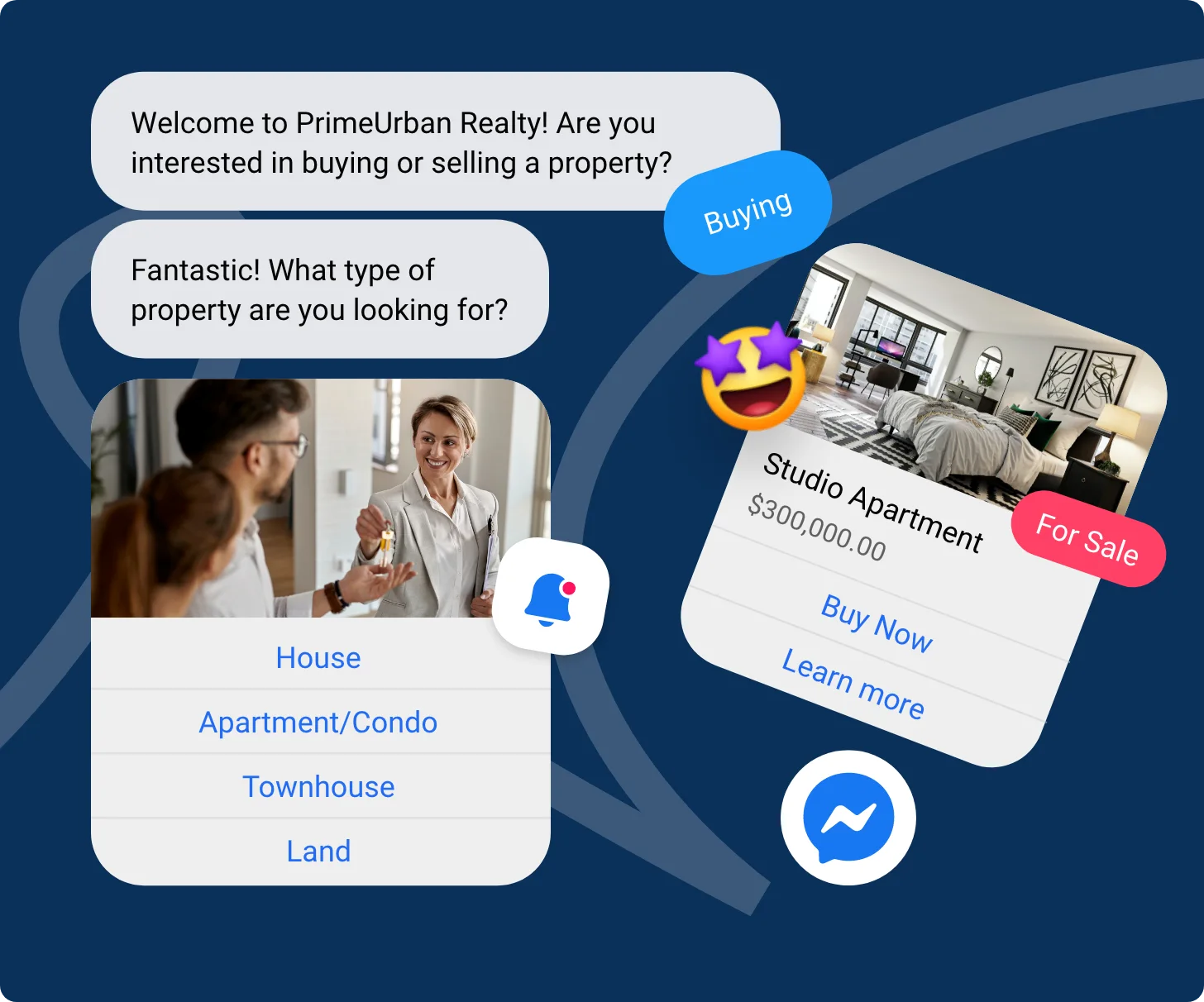
Lead ads on Facebook generate contact information directly inside the platform. Without automation, you must export these manually — delaying follow-up.
Automation improves this process by:
- Instantly sending leads to your CRM or spreadsheet
- Notifying your sales or support team in real time
- Triggering email or SMS workflows automatically
This ensures no delay between lead submission and first contact, increasing conversion rates and reducing pipeline leakage.
How to Start Automating Facebook quickly without Coding
Even if you're not technical, it's easy to start automating your Facebook tasks with the right tool.
Lets see how.
Step 1: Define your Primary Automation Goal
Before selecting any tool or setting up workflows, clarify what you need automation to achieve. The most common use cases include:
- Reducing response time in Messenger
- Automating replies to post comments
- Syncing new leads with your CRM
- Scheduling content for consistent posting
- Managing ad budgets based on performance
Each use case requires different functionality, and defining the goal first prevents unnecessary setup and tool-switching later.
Step 2: Choose a Tool that Fits your Goal

Select a tool based on your specific requirement. For content scheduling, tools like Meta Business Suite or Buffer are sufficient.
💬 If your goal is to respond to leads faster or automate Messenger conversation, BotPenguin is one of the easiest and most affordable tools to try. It allows users to create structured chat flows, trigger-based replies, and real-time lead routing — all without writing code.
Focus on tools that offer:
- Support for your use case
- API compliance with Facebook
- Minimal setup time
- No-code or low-code configuration options
Step 3: Build your First Workflow (e.g., auto-reply to comments)
Start with a single, narrow-use workflow. One of the fastest setups is an auto-reply triggered by post comments. For example:
- A user comments “Interested” on a post
- The system replies with a public message and sends a private message with more details
- The lead is captured and sent to your CRM or Google Sheet
Tools like BotPenguin allow this setup using visual logic blocks. Define your trigger, add a message template, and connect any required data destination.
This can typically be configured in 10–15 minutes.
Step 4: Monitor Results and Iterate
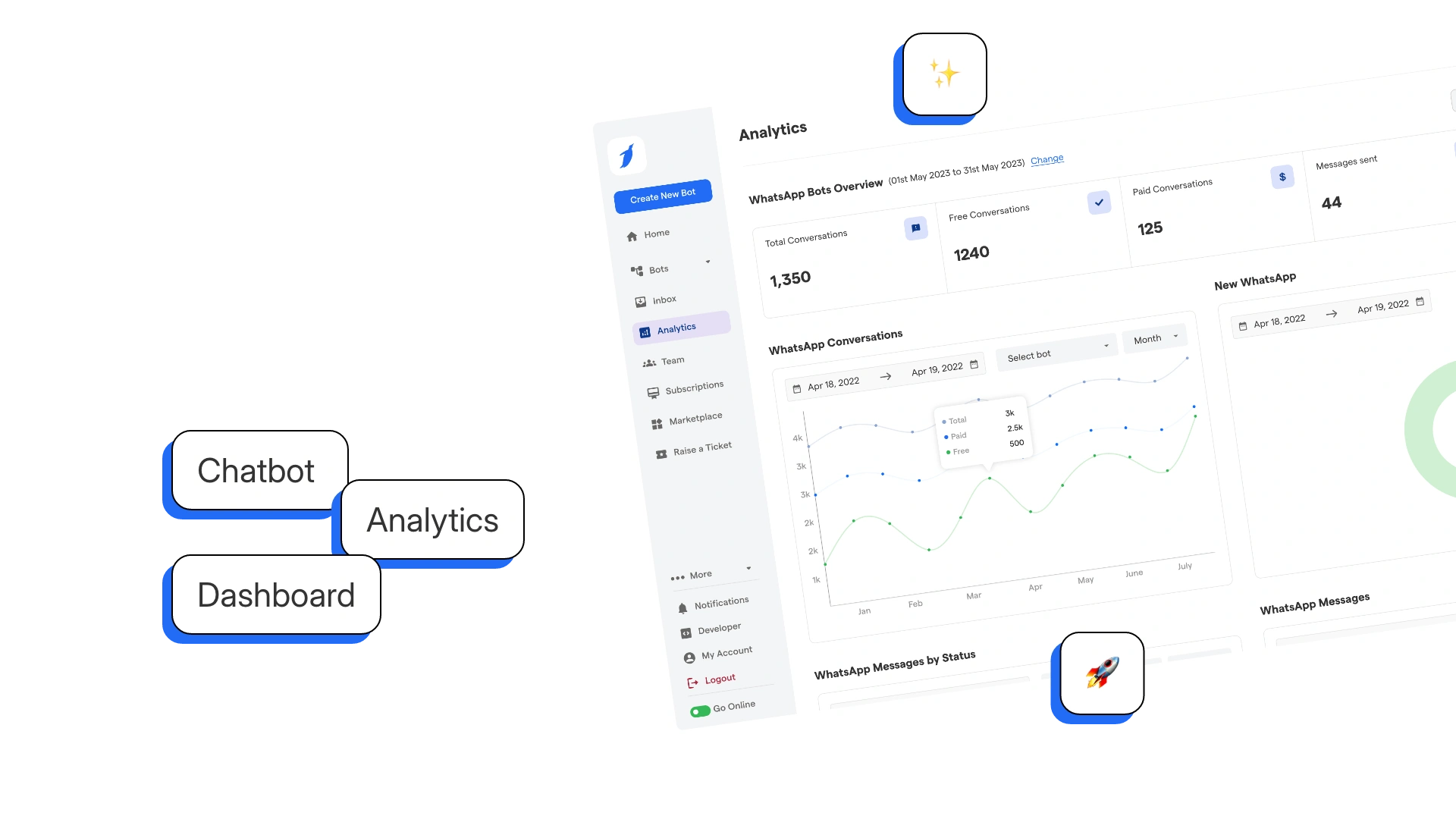
Once the workflow is active, review performance. Focus on metrics such as:
- Response time reduction
- Message open rates
- Click-through on links or call-to-actions
- Lead form completions
- Volume of conversations initiated
If workflows generate noise or unnecessary replies, adjust the triggers or message logic. Most tools provide basic analytics, and improvements can be made by tightening conditions or adding follow-up steps.
Automation is not “set and forget.” It requires periodic review to remain aligned with audience behavior and campaign goals.
Is Facebook Automation Safe? Compliance Rules You Must Know
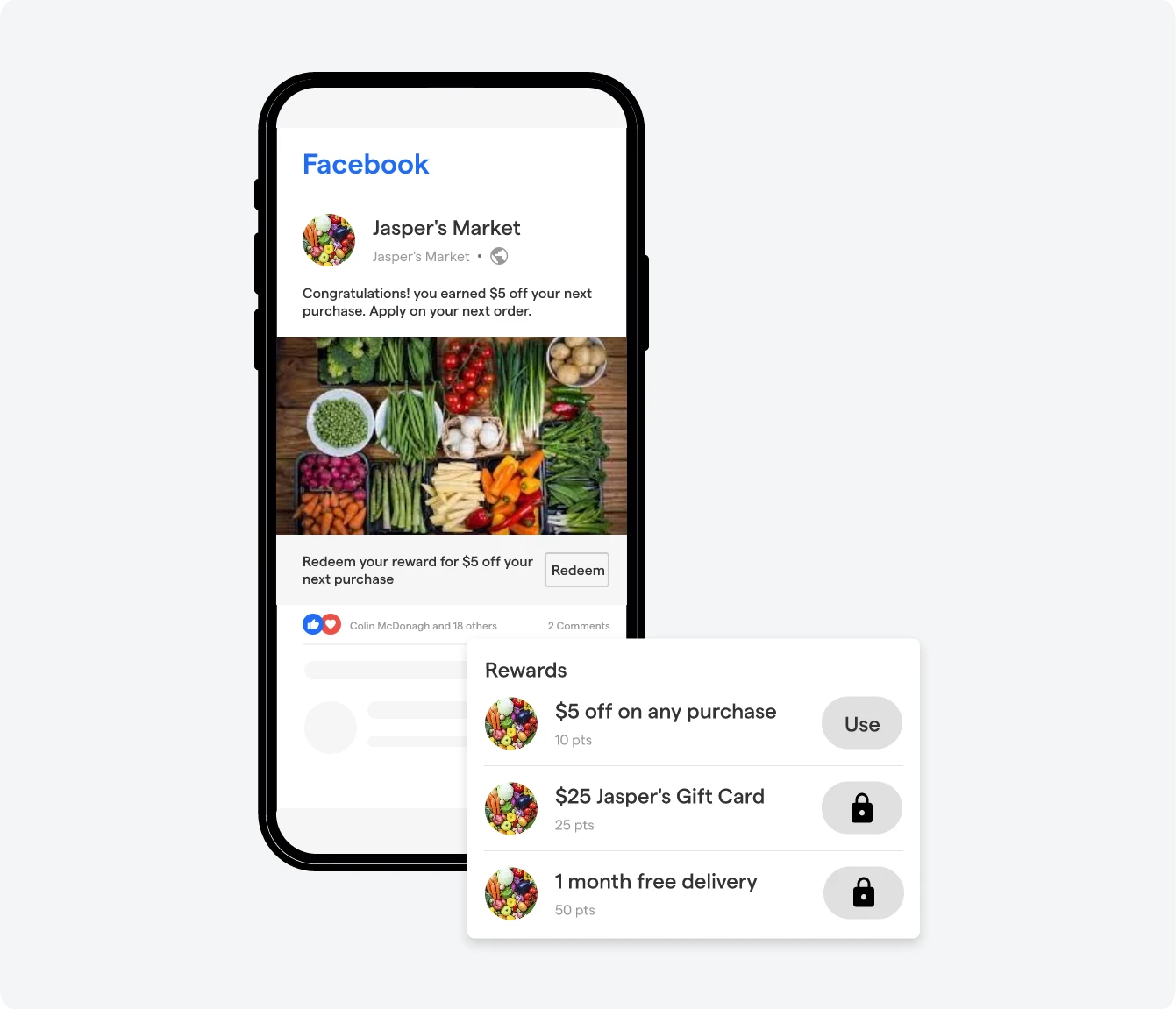
Automation can improve speed and consistency, but only if it operates within Facebook’s platform policies.
Misuse can result in restrictions, feature loss, or full Page bans. This section outlines what’s allowed, what’s not, and how to stay compliant.
Is Facebook Automation Allowed by Meta?
Yes — Facebook allows automation if the tool you’re using follows its official API policies. This means:
- The tool must be built on Meta’s Graph API or Messenger Platform
- It must not scrape user data, simulate clicks, or impersonate human actions
- It must provide transparency, opt-out options, and respect user-initiated interactions
Facebook enforces these rules through platform reviews, usage limits, and automated detection systems. Non-compliant tools can trigger Page restrictions or API suspensions.
Automation Practices that Violate Facebook’s Terms
Below are actions considered non-compliant, regardless of tool or intent:
- Using bots to auto-like, auto-follow, or auto-comment outside of official APIs
- Sending unsolicited messages to users who haven’t interacted with your Page
- Automating activity from a personal profile instead of a Business Page
- Circumventing rate limits or simulating human behavior through browser scripts
- Collecting user data from Facebook without permission or proper disclosure
If your automation setup includes any of the above, it poses a high risk of account restriction or platform ban.
Best Practices for Safe, Compliant Facebook Automation
To automate safely and retain full access to Facebook’s tools, follow these practices:
- Use API-compliant tools only. Avoid browser extensions or scrapers
- Automate from Business Pages, not personal accounts
- Send messages only to users who’ve interacted with your Page (e.g., commented or clicked “Get Started”)
- Respect Facebook’s 24-hour messaging rule in Messenger (promotional messages allowed only within this window unless using tags)
- Always give users a way to opt out or stop automated replies
- Disclose automation when appropriate — especially in lead capture flows
Tools like BotPenguin and other Meta-approved platforms are built to follow these requirements by default, reducing compliance risk.
How to Check if a Facebook Automation Tool is Safe to Use
Use the following checklist before selecting or integrating any automation tool:
✅ Compliance Checklist:
- Is the tool listed in Facebook’s official Meta Partner Directory?
- Does it use official APIs, not browser simulation or scraping?
- Does it avoid unsolicited messaging or spam triggers?
- Does it comply with Messenger’s 24-hour rule?
- Does it provide user opt-out or stop triggers?
- Is there an audit log of automated messages or actions?
If any of these are unclear or unsupported, the tool may pose compliance risks.
Conclusion — Why Facebook Automation is No Longer Optional
Manual management of Facebook activity no longer scales — not for ecommerce brands, not for consultants, and not for agencies.
The volume of interactions, speed of expectation, and operational pressure have all increased. Facebook automation is not a trend; it's a requirement for running a responsive, resource-efficient business.
When implemented with clear goals and compliant tools, automation delivers measurable benefits:
- Faster response times
- Higher lead conversion rates
- Reduced manual effort
- Improved consistency across Pages, clients, and campaigns
Automation should not be viewed as a replacement for personal interaction — it should be seen as the infrastructure that supports it. It handles routine execution so your team can focus on strategy, sales, and quality engagement.
If Messenger is part of your lead generation or customer support process, consider using fully compliant platform like BotPenguin to start with simple workflows: welcome messages, AI powered human-like conversation, comment-triggered DMs, or lead syncing.
Start with a FREE Forever plan (No Credit Card Required), and expand from there as your needs grow.
Because, the cost of not automating, is now higher than the learning curve to get started.
Frequently Asked Questions (FAQs)
Can Facebook automation improve ad campaign efficiency?
Yes, automation tools can monitor performance metrics and adjust budgets or pause underperforming ads based on predefined rules, helping maintain campaign efficiency with minimal manual effort.
Does Facebook automation work for small businesses with no technical staff?
Yes, most automation tools today are built for non-technical users and offer visual interfaces, templates, and guided workflows that simplify setup for small teams.
Can I use Facebook automated tools for event registrations or reminders?
Yes, automation can handle event-based triggers, sending reminders, collecting RSVPs, or distributing follow-up information through Messenger or comment-triggered replies.
Is BotPenguin a good option for Facebook Messenger automation?
BotPenguin supports no-code Facebook automation with ready-to-use workflows for auto-replies, lead capture, and data syncing — making it suitable for teams with limited technical capacity.
How does Facebook chat automation improve customer engagement?
Chat automation delivers instant, relevant responses to user inquiries, helping reduce wait times, guide conversations, and increase engagement without requiring live agent availability around the clock.

